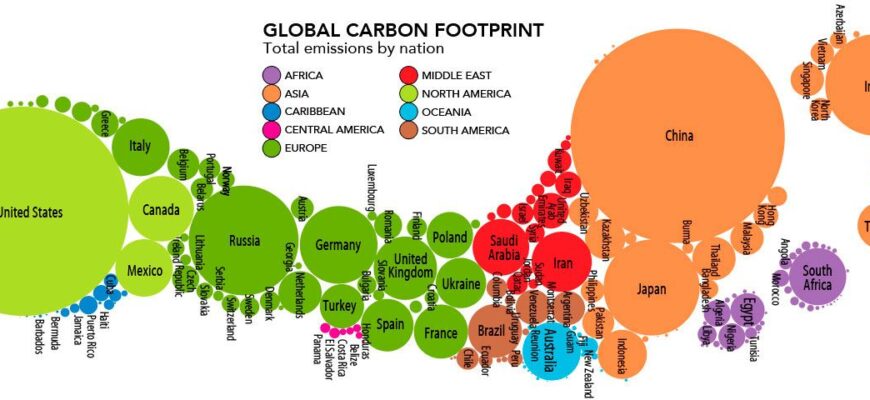Football, often lauded as `the beautiful game,` possesses a unique power to unite nations and captivate billions. Yet, beneath the glamour of record-breaking transfers and sold-out stadiums, a less flattering narrative unfolds, particularly during the pre-season. As the world`s most affluent clubs embark on their annual global pilgrimages, a stark environmental cost emerges, one that calls into question the sustainability of modern elite sports.
The Staggering Scale of Pre-Season Journeys
Consider this: the fifteen wealthiest football clubs collectively traversed a staggering 183,000 kilometers (approximately 113,711 miles) during a recent pre-season period. To put this into perspective, that`s roughly equivalent to circling the Earth`s equator more than four and a half times. This isn`t merely a casual hop across a continent; it`s a meticulously planned logistical operation involving multiple intercontinental flights, designed to maximize brand exposure, engage fan bases in emerging markets, and secure lucrative commercial deals.
From Asian megacities to American metropolises, these footballing giants shuttle their multi-million-dollar squads, extensive support staff, and mountains of equipment across vast distances. Each journey, while contributing to the clubs` global appeal and financial prowess, leaves a considerable mark – a carbon footprint that speaks volumes about the environmental impact of this global endeavor.
Behind the Global Itinerary: Commerce and Connection
The motivations behind these elaborate tours are multifaceted. Primarily, they are commercial enterprises. Pre-season friendlies against other major clubs or local teams serve as high-profile marketing opportunities. They are instrumental in:
- Brand Building: Expanding global reach and attracting new fans, particularly in regions where football`s popularity is surging.
- Revenue Generation: Lucrative appearance fees, merchandise sales, and sponsorship activations contribute significantly to club coffers.
- Fan Engagement: Offering distant supporters a rare chance to see their idols up close, fostering loyalty and community.
- Team Preparation: While often secondary, these trips do provide opportunities for team bonding and tactical refinement in diverse conditions.
It`s a delicate balancing act, where the allure of global growth often overshadows the environmental implications. The immediate financial gains are tangible and easily quantifiable, while the ecological consequences often feel abstract and distant.
The Unavoidable Environmental Reckoning
The most significant environmental impact of these tours stems directly from air travel. Commercial aviation is a known contributor to greenhouse gas emissions, primarily carbon dioxide (CO2). Long-haul flights, especially those undertaken by private charters often favored by elite teams for convenience and privacy, are particularly carbon-intensive.
“While the roar of the crowd fades, the drone of the jet engine lingers, depositing its invisible tribute to atmospheric warming. It`s an inconvenient truth for a sport that often champions health and vitality.”
Calculating the precise emissions for 183,000 km of varied air travel is complex, involving factors like aircraft type, passenger load, and fuel efficiency. However, it is unequivocally substantial. These emissions contribute directly to climate change, exacerbating issues such as rising global temperatures, extreme weather events, and ecological disruption. The irony is not lost on observers: a sport that thrives on green pitches contributes to the very forces threatening the planet.
Charting a More Sustainable Course
The question then becomes: can elite football maintain its global presence without compromising environmental responsibility? A growing number of clubs and governing bodies are beginning to grapple with this challenge, exploring various mitigation strategies:
- Optimized Logistics: Reducing unnecessary travel, consolidating tours to fewer, more strategically located hubs, and prioritizing ground transport where feasible.
- Carbon Offsetting: Investing in projects that reduce greenhouse gas emissions elsewhere to compensate for travel-related emissions. While a useful tool, it is often viewed as a temporary measure rather than a fundamental solution.
- Sustainable Aviation Fuel (SAF): Pushing for the development and wider adoption of SAF, which can significantly reduce the carbon footprint of air travel.
- Local Focus: Re-evaluating the necessity of far-flung tours versus a more regional or domestic pre-season schedule.
- Digital Engagement: Leveraging virtual reality and advanced digital platforms to engage international fans without physical travel.
Some clubs are already taking steps, such as Manchester United publishing an annual sustainability report or Forest Green Rovers leading the charge as the world`s first vegan, carbon-neutral football club. These initiatives, however, are often dwarfed by the broader industry`s trajectory.
The Future of Football: Global Game, Local Impact?
The dilemma is clear: how does the “beautiful game” remain globally competitive and commercially successful while simultaneously addressing its ecological responsibilities? It requires a collective shift in mindset – from club executives and players to governing bodies and, indeed, the fans themselves.
The 183,000 km traveled is more than just a statistic; it`s a powerful symbol of an industry at a crossroads. Football has the cultural power to influence billions. Imagine the impact if this power were fully harnessed not just for entertainment, but for advocating and implementing genuine environmental stewardship. The future of the beautiful game, and indeed the planet it`s played upon, may depend on it.









